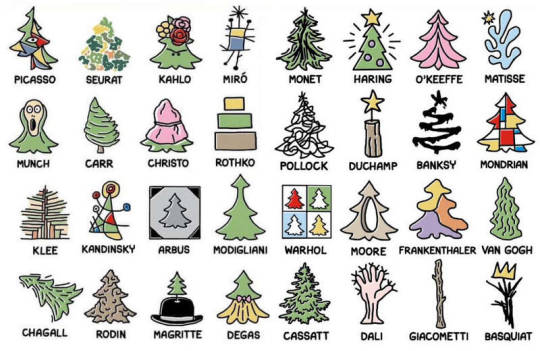Text


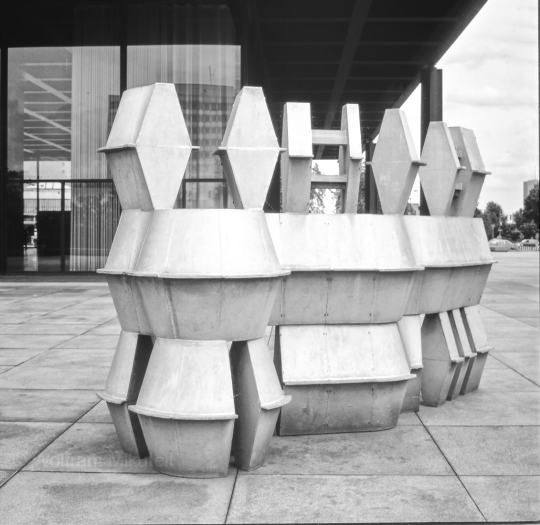
Neue Nationalgalerie, Berlin.
The New National Gallery, a world-class architectural icon, and the final and highlight of the life's work of Ludwig Mies van der Rohe. This classic of modernism was built between 1965 and 1968. The Neue Nationalgalerie consistently implemented - like no other building - his idea of a support-free "universal space".
Sculpture by Alexander Calder (1898-1976), "Têtes et queue", 1965, steal.
Sculpture by Joannis Avramidis (1922-2016), Polis, 1968, bronce.
Shot with 6x6 medium format, Agfapan 100 professional.
Foto: © Wolfram Mikuteit
#medium format#rollfilm#120film#120mmphotography#analog photography#filmphotography#analog camera#analog foto#black an white film#monochrome#bnw#b&w aesthetic#blackandwhitephotography#schwarzweißfotografie#architecture#archdaily#archidaily#architecturephotography#archilovers#architecturedaily#mikuteit#wolfram mikuteit#berlin#neue nationalgalerie#alexander calder#joannis avramidis#sculpture#ludwig mies van der rohe
6 notes
·
View notes
Text
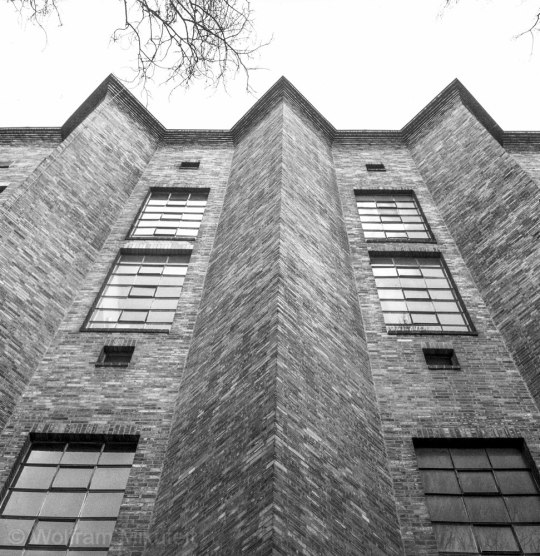

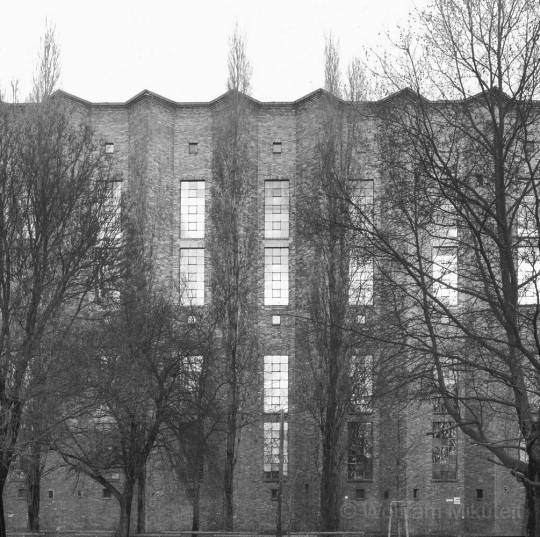

Brick Gothic Expressionism - "Abspannwerk Scharnhorst", Berlin.
Built between 1927 and 1929 by Hans Müller, architect of the municipal electric utility company BEWAG and Josef Scherer.
Twinlens Rolleiflex, Zeiss Planar f 2.8/80 and Kodak TMY 6053 (TMax 400), developed in Tetenal b&w reversal kit, scanned with Epson Perfection V850 Pro.
Foto: © Wolfram Mikuteit
#medium format#rollfilm#120film#120mmphotography#architecture#archdaily#archidaily#architecturephotography#archilovers#architecturedaily#monochrome#b&w#bnw#b&w aesthetic#blackandwhitephotography#schwarzweißfotografie#mikuteit#wolfram mikuteit#photographers on tumblr#photographers on instagram#original photography on tumblr#rolleiflex#kodak tmax 400#berlin#1920s#berlin architecure#expressionism
14 notes
·
View notes
Photo
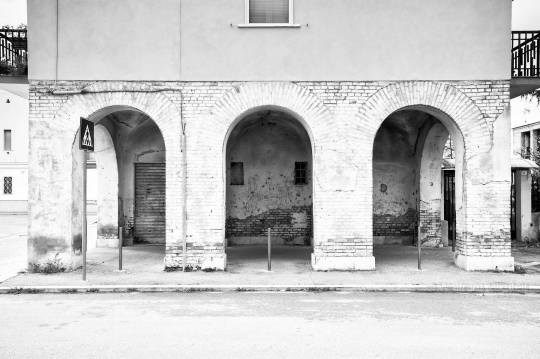
Borgo Incoronata (Foggia), Italy. By Giorgio Calza Bini and Roberto Nicolini (1939-43). Foto: Wolfram Mikuteit
#architecture#architecturephotography#archdaily#archidaily#blackandwhitephotography#b&w aesthetic#monochrome#bnw#mikuteit#wolfram mikuteit#photographers on tumblr#photographers on instagram#original photography on tumblr#italianarchitecture#architetturaitaliana#architetturadel900#ventennio#rationalism#italianrationalism#razionalismo#razionalismoitaliano#rationalist architecture#foggia#arcade#calza bini#nicollini#borgo incoronata
14 notes
·
View notes
Photo

View of the village square from "inside" the Town Hall.
Veduta della piazza del paese "dall'interno" del Palazzo Comunale.
Borgo Incoronata (Foggia), Italy. By Giorgio Calza Bini and Roberto Nicolini (1939-43). Foto: © Wolfram Mikuteit.
.
#architecture#architecturephotography#archdaily#archidaily#blackandwhitephotography#b&w aesthetic#monochrome#bnw#mikuteit#wolfram mikuteit#photographers on tumblr#photographers on instagram#original photography on tumblr#italianarchitecture#architetturaitaliana#architetturadel900#ventennio#rationalism#italianrationalism#razionalismo#razionalismoitaliano#rationalist architecture#foggia#borgo incoronata#calzabini#nicolini#puglia#apulia#townhall#rural life
14 notes
·
View notes
Photo
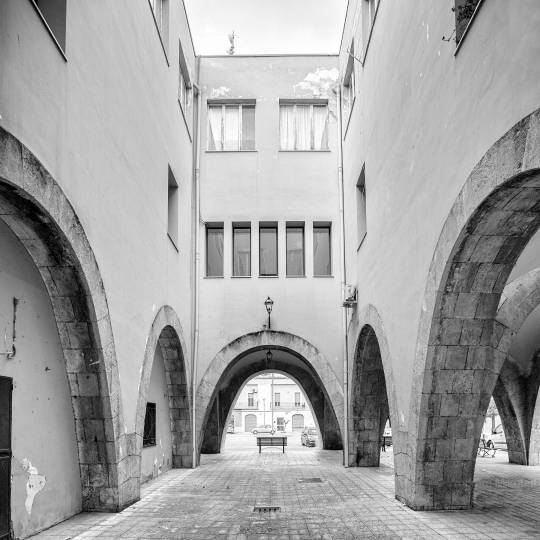
Town Hall / Palazzo Comunale, view from inside. Borgo Incoronata (Foggia), Italy. By Giorgio Calza Bini and Roberto Nicolini (1939-43). Foto: © Wolfram Mikuteit
#architecture#architecturephotography#archdaily#archidaily#blackandwhitephotography#b&w aesthetic#monochrome#bnw#mikuteit#wolfram mikuteit#photographers on tumblr#photographers on instagram#original photography on tumblr#italianarchitecture#architetturaitaliana#architetturadel900#ventennio#rationalism#italianrationalism#razionalismo#razionalismoitaliano#rationalist architecture#foggia#borgo incoronata#town hall#palazzo comunale#calzabini#nicolini
9 notes
·
View notes
Photo

Borgo Incoronata (Foggia), Italy. By Giorgio Calza Bini and Roberto Nicolini (1939-43). Foto: © Wolfram Mikuteit
#architecture#architecturephotography#archdaily#archidaily#blackandwhitephotography#b&w aesthetic#monochrome#bnw#mikuteit#wolfram mikuteit#photographers on tumblr#photographers on instagram#original photography on tumblr#italianarchitecture#architetturaitaliana#architetturadel900#ventennio#rationalism#italianrationalism#razionalismo#razionalismoitaliano#rationalist architecture#foggia#nicolini#calzabini#borgo incoronato#arches
22 notes
·
View notes
Photo
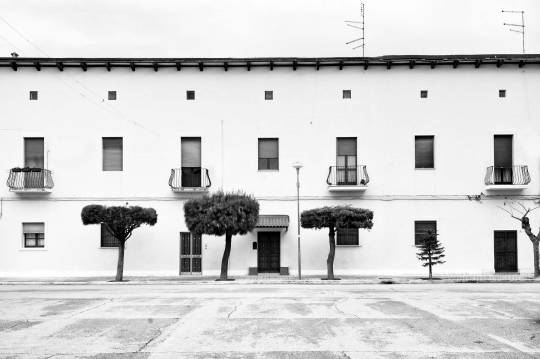
La Piazza. Borgo Incoronata (Foggia), Italy. By Giorgio Calza Bini and Roberto Nicolini (1939-43). Foto: © Wolfram Mikuteit
#architecture#architecturephotography#archdaily#archidaily#blackandwhitephotography#b&w aesthetic#monochrome#bnw#mikuteit#wolfram mikuteit#photographers on tumblr#photographers on instagram#original photography on tumblr#italianarchitecture#architetturaitaliana#architetturadel900#ventennio#rationalism#italianrationalism#razionalismo#razionalismoitaliano#rationalist architecture#foggia#borgo incoronata#calza bini#nicolini#apulia#puglia
12 notes
·
View notes
Photo

Borgo Incoronata (Foggia), Italy. By Giorgio Calza Bini and Roberto Nicolini (1939-43). Foto: © Wolfram Mikuteit
#architecture#architecturephotography#archdaily#archidaily#blackandwhitephotography#b&w aesthetic#monochrome#bnw#mikuteit#wolfram mikuteit#photographers on tumblr#photographers on instagram#original photography on tumblr#italianarchitecture#architetturaitaliana#architetturadel900#ventennio#rationalism#italianrationalism#razionalismo#razionalismoitaliano#rationalist architecture#foggia#borgo incoronata#calza bini#nicolini#puglia#apulia#arches
11 notes
·
View notes
Photo
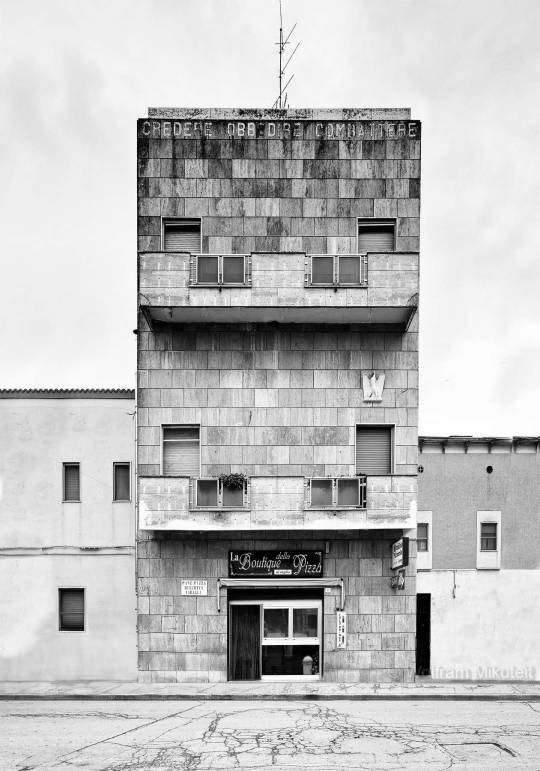
Casa del Fascio, Viale Don Luigi Orione, Borgo Incoronata (Foggia), Italy. By Giorgio Calza Bini and Roberto Nicolini (1939-43). Foto: © Wolfram Mikuteit
#architecture#architecturephotography#archdaily#archidaily#blackandwhitephotography#b&w aesthetic#monochrome#bnw#mikuteit#wolfram mikuteit#photographers on tumblr#photographers on instagram#original photography on tumblr#italianarchitecture#architetturaitaliana#architetturadel900#ventennio#rationalism#italianrationalism#razionalismo#razionalismoitaliano#rationalist architecture#cityphotography#urban#urban photography#foggia#puglia#borgo incoronata#casa del fascio#calzabini
112 notes
·
View notes
Photo

Town Hall / Palazzo Comunale. Borgo Incoronata (Foggia), Italy. By Giorgio Calza Bini and Roberto Nicolini (1939-43). Foto: © Wolfram Mikuteit
#architecture#architecturephotography#archdaily#archidaily#blackandwhitephotography#b&w aesthetic#monochrome#bnw#mikuteit#wolfram mikuteit#photographers on tumblr#photographers on instagram#original photography on tumblr#italianarchitecture#architetturaitaliana#architetturadel900#ventennio#rationalism#italianrationalism#razionalismo#razionalismoitaliano#rationalist architecture#nicolini#calzabini#foggia#town hall#municipio#palazzo comunale
12 notes
·
View notes
Photo

RITORNO A CASA .The work, a metal traveller, placed in Piazzale Vittorio Veneto, Foggia, with his back to the station and his gaze towards the city, was inaugurated 2014. Leonardo Scarinzi, the artist, explains the meaning of the sculpture: a tribute to the people of Foggia who have decided to stay or return to their native land after months , years, decades of migrations to other places in the world. Even if it looks like it: this is not a photomontage.
The train station was rebuilt after the war in 1951 on a project by the architect Roberto Narducci, re-proposing some architectural elements used by himself in the construction of the Roma Ostiense station. The new station was inaugurated on 13 May 1951 by the Undersecretary for Transport, Bernardo Mattarella, father of today's President of the Republic, Sergio Mattarella. Foto: © Wolfram Mikuteit
#architecture#architecturephotography#archdaily#archidaily#blackandwhitephotography#b&w aesthetic#monochrome#bnw#mikuteit#wolfram mikuteit#photographers on tumblr#photographers on instagram#original photography on tumblr#cityphotography#city#urban#urban photography#urban details#foggia#mattarella#narducci#scarinzi#train station#traveller#ritorno a casa#capitanata#ferrovie#stazione#scultore#sculpture
7 notes
·
View notes
Photo

Socialist postwar modernism? Not a rural building at all? Too modern for Borgo Cervaro, Apulia, Italy. By Vincenzo Chiaia, 1941-43. Foto: © Wolfram Mikuteit
La Casa del Fascio con l'imponente piano superiore e il altorilievo del balcone di scultore Gennaro Pepe. In basso destra dell' altrorilievo si vede la particolare della firma di Gennaro Pepe "G. Pepe".
#architecture#architecturephotography#archdaily#archidaily#blackandwhitephotography#b&w aesthetic#monochrome#bnw#mikuteit#wolfram mikuteit#photographers on tumblr#photographers on instagram#original photography on tumblr#italianarchitecture#architetturaitaliana#architetturadel900#ventennio#rationalism#italianrationalism#razionalismo#razionalismoitaliano#rationalist architecture#puglia#foggia#borgo cervaro#apulia#bonifica#casadelfascio
14 notes
·
View notes
Photo

Church always comes first. School in second line. Borgo Cervaro (Fg.), Apulia, Italy. By Vincenzo Chiaia, 1941-43. Foto: © Wolfram Mikuteit
#architecture#architecturephotography#archdaily#archidaily#blackandwhitephotography#b&w aesthetic#monochrome#bnw#mikuteit#wolfram mikuteit#photographers on tumblr#photographers on instagram#original photography on tumblr#italianarchitecture#architetturaitaliana#architetturadel900#ventennio#rationalism#italianrationalism#razionalismo#razionalismoitaliano#rationalist architecture#foggia#borgo cervaro#apulia#puglia#onc#rurallife
6 notes
·
View notes
Photo

Entrance to the rectory, which is located in the school building, behind the colonnades and above the kindergarten. Borgo Cervaro (Fg.), Apulia, Italy. By Vincenzo Chiaia, 1941-43. Foto: © Wolfram Mikuteit
#architecture#architecturephotography#archdaily#archidaily#blackandwhitephotography#b&w aesthetic#monochrome#bnw#mikuteit#wolfram mikuteit#photographers on tumblr#photographers on instagram#original photography on tumblr#italianarchitecture#architetturaitaliana#architetturadel900#ventennio#rationalism#italianrationalism#razionalismo#razionalismoitaliano#rationalist architecture#urban#foggia#borgo cervaro#puglia#apulia#bonifica
4 notes
·
View notes
Photo

Chiese parrocchale “San Giuseppe Lavoratore” - Borgo Cervaro (Fg.), Apulia, Italy. By Vincenzo Chiaia, 1941-43. - The main facade of the church. Under seven arched windows there is a series of paintings directly graffitied on the plaster, representing various religious scenes. Foto: © Wolfram Mikuteit
#architecture#architecturephotography#archdaily#archidaily#blackandwhitephotography#b&w aesthetic#monochrome#bnw#mikuteit#wolfram mikuteit#photographers on tumblr#photographers on instagram#original photography on tumblr#italianarchitecture#architetturaitaliana#architetturadel900#ventennio#rationalism#italianrationalism#razionalismo#razionalismoitaliano#rationalist architecture#foggia#apulia#puglia#borgo cervaro#onc#church#chiesa#bonifica
7 notes
·
View notes
Photo

Pure geometry. Borgo Cervaro (Fg.), Apulia, Italy. By Vincenzo Chiaia, 1941-43. The bell tower, placed in median position between the school and the church - connected by arcades. Foto: © Wolfram Mikuteit.
#architecture#architecturephotography#archdaily#archidaily#blackandwhitephotography#monochrome#mikuteit#wolfram mikuteit#photographers on tumblr#photographers on instagram#original photography on tumblr#italianarchitecture#architetturaitaliana#architetturadel900#ventennio#rationalism#italianrationalism#razionalismo#razionalismoitaliano#rationalist architecture#cityphotography#city#urban#urban photography#puglia#borgo#onc#foggia#arcades
13 notes
·
View notes
